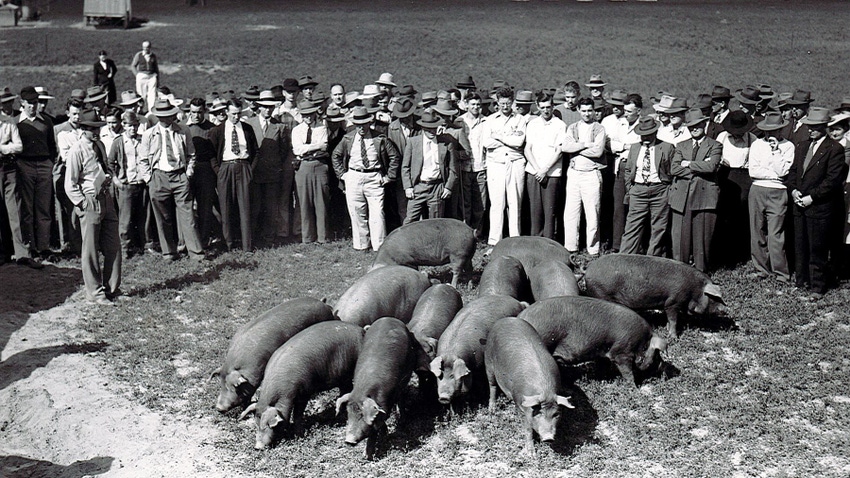
Editor’s note: In this next article in a series about the future of land-grant institutions, Jay Akridge explores how land grants can and must adjust to serve the needs of students, the public and communities today. Read the previous articles here: Land-grant colleges still relevant today, Headwinds buffet colleges, land grants and The great debate: Does college education still pay?
Despite a record of success dating back more than 160 years, land-grant institutions like Purdue University and others around the country are facing serious headwinds today. Headlines like these appear in national media: “Why academic freedom’s future looks bleak”; “Some states want to ban DEI [diversity and inclusion] in higher ed, [while] these states want to require it”; and “College students are losing confidence in their free-speech rights.”
“It’s a different world today for sure, but land-grant universities are still in a strong position to succeed,” says Jay Akridge, former dean of the Purdue College of Agriculture and former Purdue provost. “However, these institutions will need to adapt to changing times to continue to fulfill their mission today.”
Akridge believes this quote from a former Purdue president explains why land grants need a new blueprint for success today: “If you ask, what are the characteristics of the new education, I reply that they are the characteristics of the age in which we live.” A quote from former Purdue president Mitch Daniels? Hardly! It’s by James H. Smart, Purdue’s fourth president, speaking to the Lehigh University Club of Chicago in 1896.
Blueprint for land grants
Here is a four-pronged approach that Akridge believes could guide institutions toward success today.
1. Engagement as a foundation. Engagement, which includes Extension, was and is a key component. “Land grants must once again fully embrace the idea of building reciprocal relationships with the communities they serve,” Akridge says. Doing so is the foundation for establishing, or reestablishing, trust, he adds.
2. An “outside-in” perspective. Don’t just assume you know what clientele need in terms of education and services — ask them instead, Akridge says. “Institutions need to bring stakeholders inside the inner circle through creative and intentional listening.”
Purdue has made efforts to do this over time, through P-CARET groups in Extension and through Extension boards in each county. Akridge suggests that the efforts need to go further, ensuring decisions made at the institution level consider the stakeholder’s perspective as it applies to curriculum, as well as Extension and on-campus students, and develop support systems ensuring effective communications among everyone involved.
3. Innovation everywhere, all the time. The world is moving fast — so fast that an institution like a land-grant university needs to constantly build on insights from both outside and inside, Akridge says. “The goal should be creating an environment that rewards and incentivizes innovation across the university,” he explains.
4. Aligned goals and incentive structure. If land-grant leaders are listening and reacting properly, Akridge says these three things will happen: First, leaders will define excellence in context, focusing on outcomes. Second, it will be obvious that leadership of the land-grant respects external assessments of performance overall, but at the same time, remains confident in the direction the land-grant is headed. Third, leadership will make sure action and rewards support desired outcomes, both for students and the communities served.
About the Author(s)
You May Also Like




